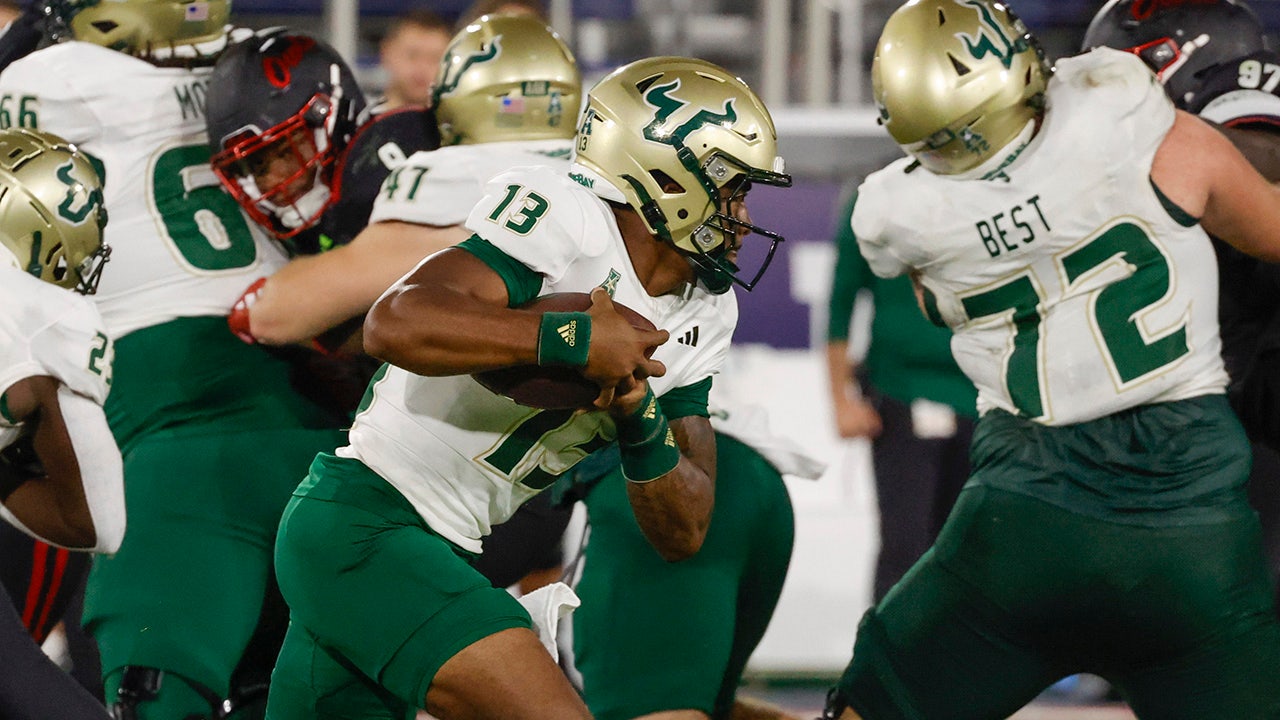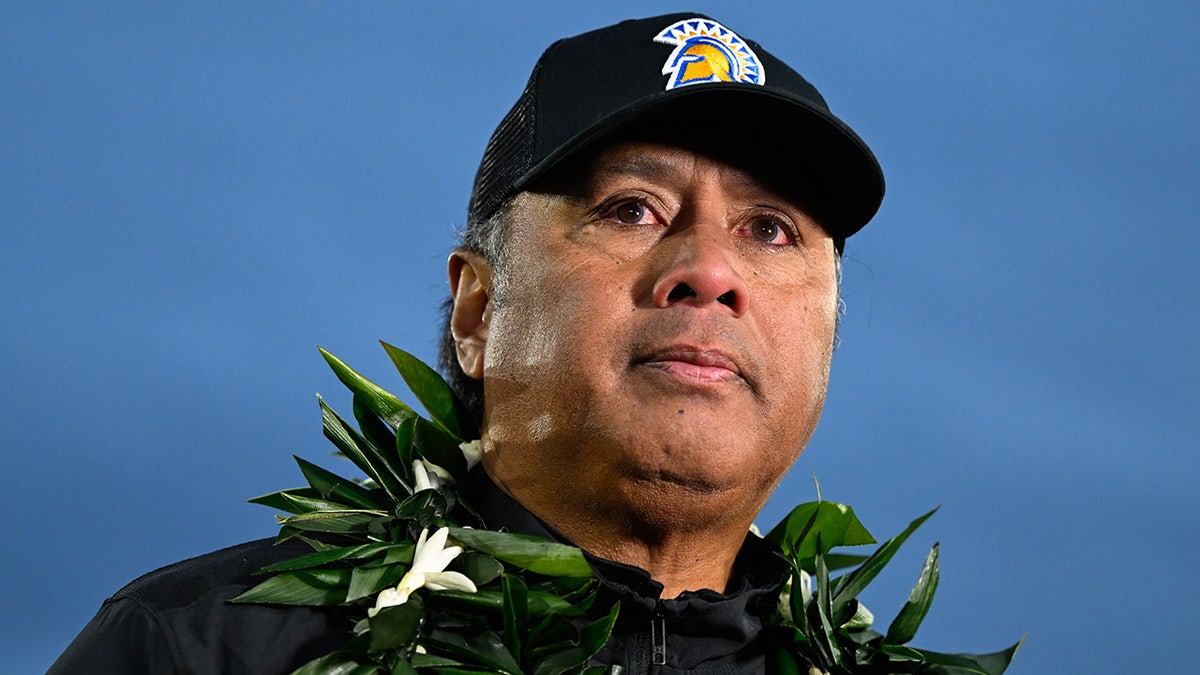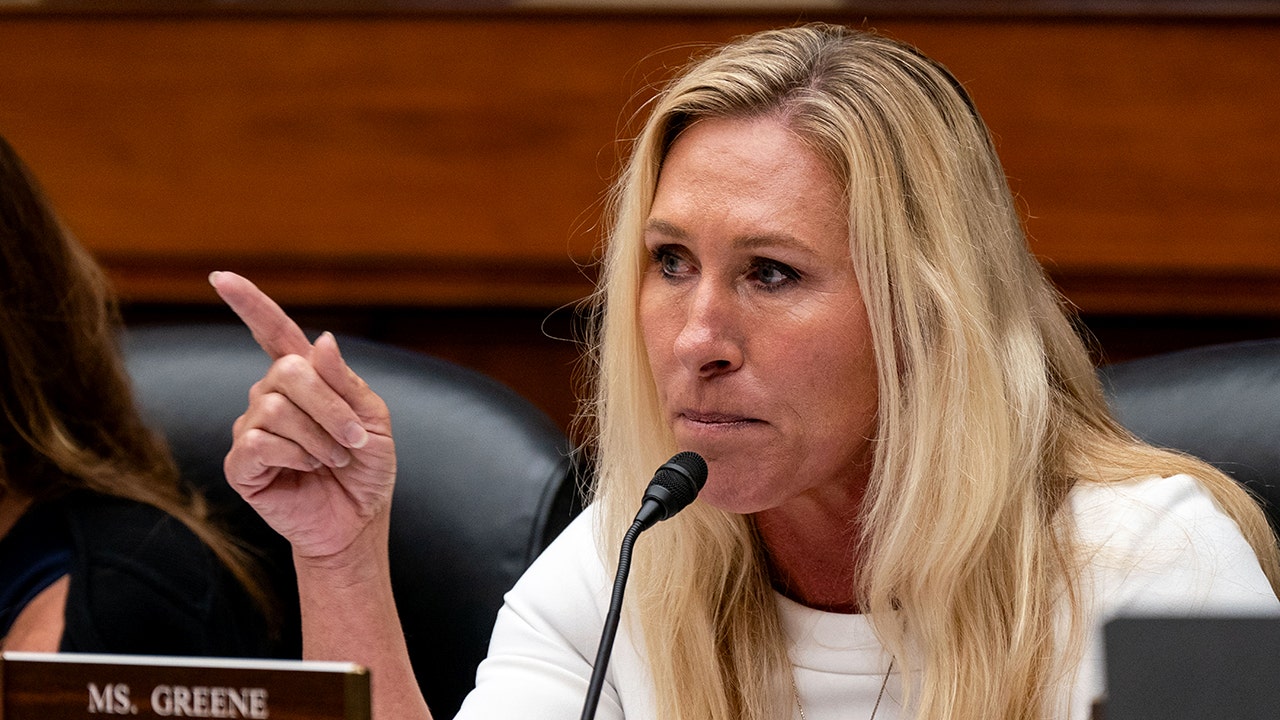Hawaii
Navy didn't understand the risks posed by Hawaii fuel tanks despite studies, watchdog says

HONOLULU — Navy officials “lacked sufficient understanding” of the risks of maintaining massive fuel storage tanks on top of a drinking water well at Pearl Harbor where spilled jet fuel poisoned more than 6,000 people in 2021, a U.S. military watchdog said Thursday.
That lack of awareness came even though officials had engineering drawings and environmental studies that described the risks, the U.S. Department of Defense’s inspector general said.
The finding was among a long list of Navy failures identified by the inspector general in two reports that follow a yearslong investigation into the fuel leak at the Red Hill Bulk Fuel Storage Facility. Investigators said it was imperative for the Navy to address its management of fuel and water systems at Joint Base Pearl Harbor-Hickam and recommended that the military assess leak detection systems at other Navy fuel facilities.
“The DoD must take this action, and others, to ensure that tragedies like the one in November of 2021 are not allowed to repeat,” Inspector General Robert P. Storch said in a statement.
The military built the Red Hill fuel tanks into the side of a mountain in the early 1940s to protect them from aerial attack. There were 20 tanks in all, each about the height of a 25-story building with the capacity to hold 12.5 million gallons (47.3 million liters.) The site was in the hills above Pearl Harbor and on top of an aquifer equipped with wells that provided drinking water to the Navy and to Honolulu’s municipal water system.
Fuel leaks at Red Hill had occurred before, including in 2014, prompting the Sierra Club of Hawaii and the Honolulu Board of Water Supply to ask the military to move the tanks to a place where they wouldn’t threaten Oahu’s water. But the Navy refused, saying the island’s water was safe.
The 2021 spill gushed from a ruptured pipe in May of that year. Most of it flowed into a fire suppression drain system, where it sat unnoticed for six months until a cart rammed a sagging line holding the liquid. Crews believed they mopped up most of this fuel but they failed to get about 5,000 gallons (19,000 liters.) Around Thanksgiving, the fuel flowed into a drain and drinking water well that supplied water to 90,000 people at Joint Base Pearl Harbor-Hickam.
In this photo provided by the U.S. Navy, Rear Adm. John Korka, Commander, Naval Facilities Engineering Systems Command (NAVFAC), and Chief of Civil Engineers, leads Navy and civilian water quality recovery experts through the tunnels of the Red Hill Bulk Fuel Storage Facility, near Pearl Harbor, Hawaii, on Dec. 23, 2021. Credit: AP/Luke McCall
The inspector general’s report noted 4,000 families had to move out of their homes for months because they couldn’t drink or bathe in their water. The military spent more than $220 million housing residents in hotels and responding to the spill. Congress appropriated $2.1 billion more, some of which is helping the Navy close the Red Hill facility in compliance with an order from Hawaii regulators.
Among the inspector general’s other findings:
Hawaii’s congressional delegation, which called for the investigation in 2021, issued a joint statement saying the reports made clear the Navy and the military failed to manage fuel and water operations at Red Hill and Pearl Harbor to a standard that protects the health and safety of the people of Hawaii.
“It’s outrageous and unacceptable,” said the statement from U.S. Sens. Mazie Hirono and Brian Schatz and U.S. Reps. Ed Case and Jill Tokuda, all Democrats.
They called on the Navy to take “full responsibility” for its failures and immediately implement the inspector general’s recommendations.
A Navy spokesperson said in a statement that the inspector general’s findings align with previous evaluations and support corrective actions the Navy is implementing.
“We are committed to constant improvement to ensure the highest standards of operation, maintenance, safety, and oversight at all of our facilities at all times,” the statement said.

Hawaii
Plane crash under investigation on Hawaii Island

WAIMEA (HawaiiNewsNow) – Federal investigators are looking into what caused a plane to crash on Hawaii Island Monday.
The National Transportation Safety Board confirms it is looking into what caused a Cessna to go down at Parker Ranch in Waimea shortly before noon.
Investigators said preliminary information indicated the plane experienced a loss of engine power.
A witness said two people walked away from the aircraft on their own. No one was hurt.
Copyright 2024 Hawaii News Now. All rights reserved.
Hawaii
Hawaii Bowl announcers Tiffany Greene, Jay Walker get rare moment in spotlight

‘Twas the night before Christmas, when all through the house, not a creature was stirring … and the only sports on TV was the Hawaii Bowl on ESPN.
The Christmas Eve game pitting South Florida (6-6) against San Jose State (7-5) didn’t bring the same energy as a major bowl, but when you’re the only live major sporting event on U.S. TV, fans will take notice.
On social media, the matchup generated surprising buzz for a minor bowl game.
People treating the Hawaii bowl tonight like it’s the Super Bowl
— Zlatni Topki (@ZlatniTopki) December 24, 2024
Out in Honolulu, ESPN had play-by-play announcer Tiffany Greene and color analyst Jay Walker on the game, and the pair, who have worked together for years, made the most of their moment in the spotlight.
Greene, who was the first African-American woman to serve as a play-by-play commentator for college football on a major network, had the opportunity to call some big plays, including this kickoff return touchdown by South Florida’s Ta’Ron Keith.
Tiffany Green was VERY amped up about this kick return touchdown and later replay of the big play from USF returner Ta’Ron Keith. pic.twitter.com/FkHDlaYBPK
— Awful Announcing (@awfulannouncing) December 25, 2024
And here’s Greene on a big interception early in the game.
USF forces an interception that would later result in points and a 14-0 lead over San Jose State.
Tiffany Greene and Jay Walker on the call of the Hawai’i Bowl on ESPN. pic.twitter.com/eMyo4aHsXn
— Awful Announcing (@awfulannouncing) December 25, 2024
Unfortunately, everything did not go smoothly for Greene and Walker. Of particular concern, Walker’s audio sounded consistently muddy, as if he were doing the broadcast remotely.
Are they actually there? Her co host literally sounds like he’s on a zoom call
— HuskerJim (@jimtheplumber63) December 25, 2024
Others on social media were even less charitable in their comments on the announcers.
This is a horrible announcing crew. This is not a high profile game, but as the only one on Cmas Eve, likely with a decent audience of folks looking for distractions, why this crew & not a better one? Why not put these guys on one of the midday workday games with less eyes/ears?
— Justin Firesheets (@JFiresheets) December 25, 2024
Yet some fans were left wanting to hear more of Greene and Walker in the future.
Tiffany is awesome! She has the spunk of Gus & a little of Beth Mowins when she announces CFB👍
— Herbie Garcia (@herbieg55) December 25, 2024
[ESPN]
Hawaii
College football's Hawaii Bowl highlights slowest sports day of 2024

Sports fans can breathe easy on Christmas Eve as there will only be one game played on Tuesday before a full buffet of games on Christmas Day.
College football aficionados will be happy to know there is one bowl game on the slate. The Hawaii Bowl between South Florida and San Jose State. The game will start at 8 p.m. ET.
CLICK HERE FOR MORE SPORTS COVERAGE ON FOXNEWS.COM
South Florida Bulls quarterback Israel Carter runs the ball against the Florida Atlantic Owls at FAU Stadium in Boca Raton, Florida, Nov. 1, 2024. (Reinhold Matay-Imagn Images)
The Bulls finished 6-6 on the season and earned a second straight bowl game under head coach Alex Golesh. They had the same record last season before entering and winning the Boca Raton Bowl over Syracuse, 45-0.
The Spartans finished the season 7-5 overall in Ken Niumatalolo’s first season at the helm. The team is on a three-bowl-game losing streak. They lost the Hawaii Bowl last season and the Famous Idaho Potato Bowl in 2022. The Spartans also lost the Arizona Bowl in 2020.
San Jose State hasn’t won a bowl game since the 2015 Cure Bowl under Ron Caragher.

San Jose State Spartans head coach Ken Niumatalolo after their win over the Stanford Cardinal at CEFCU Stadium in San Jose, California, Nov. 29, 2024. (Eakin Howard-Imagn Images)
TEXAS FOOTBALL MASCOT BEVO BARRED FROM SIDELINES OF UPCOMING CFP GAME, ORGANIZERS SAY
Sports fans looking for some action should take it all in and be able to get some sleep before opening presents and starting Christmas Day at noon ET with NBA games.
The NFL also has games on Christmas Day for the second straight year – a two-game menu featuring the Kansas City Chiefs against the Pittsburgh Steelers at 1 p.m. ET and the Houston Texans hosting the Baltimore Ravens at 4:30 p.m. ET.

Browns defensive tackle Mike Hall Jr. and linebacker Devin Bush rush Kansas City Chiefs quarterback Patrick Mahomes at Huntington Bank Field in Cleveland on Dec. 15, 2024. (Ken Blaze-Imagn Images)
CLICK HERE TO GET THE FOX NEWS APP
College football will return on Dec. 26 and the NHL will be back on Dec. 27.
Follow Fox News Digital’s sports coverage on X and subscribe to the Fox News Sports Huddle newsletter.
-

 Business1 week ago
Business1 week agoFreddie Freeman's World Series walk-off grand slam baseball sells at auction for $1.56 million
-
/cdn.vox-cdn.com/uploads/chorus_asset/file/23951353/STK043_VRG_Illo_N_Barclay_3_Meta.jpg)
/cdn.vox-cdn.com/uploads/chorus_asset/file/23951353/STK043_VRG_Illo_N_Barclay_3_Meta.jpg) Technology1 week ago
Technology1 week agoMeta’s Instagram boss: who posted something matters more in the AI age
-
/cdn.vox-cdn.com/uploads/chorus_asset/file/24924653/236780_Google_AntiTrust_Trial_Custom_Art_CVirginia__0003_1.png)
/cdn.vox-cdn.com/uploads/chorus_asset/file/24924653/236780_Google_AntiTrust_Trial_Custom_Art_CVirginia__0003_1.png) Technology4 days ago
Technology4 days agoGoogle’s counteroffer to the government trying to break it up is unbundling Android apps
-

 News5 days ago
News5 days agoNovo Nordisk shares tumble as weight-loss drug trial data disappoints
-

 Politics5 days ago
Politics5 days agoIllegal immigrant sexually abused child in the U.S. after being removed from the country five times
-

 Entertainment6 days ago
Entertainment6 days ago'It's a little holiday gift': Inside the Weeknd's free Santa Monica show for his biggest fans
-

 Lifestyle6 days ago
Lifestyle6 days agoThink you can't dance? Get up and try these tips in our comic. We dare you!
-

 Technology7 days ago
Technology7 days agoFox News AI Newsletter: OpenAI responds to Elon Musk's lawsuit



















